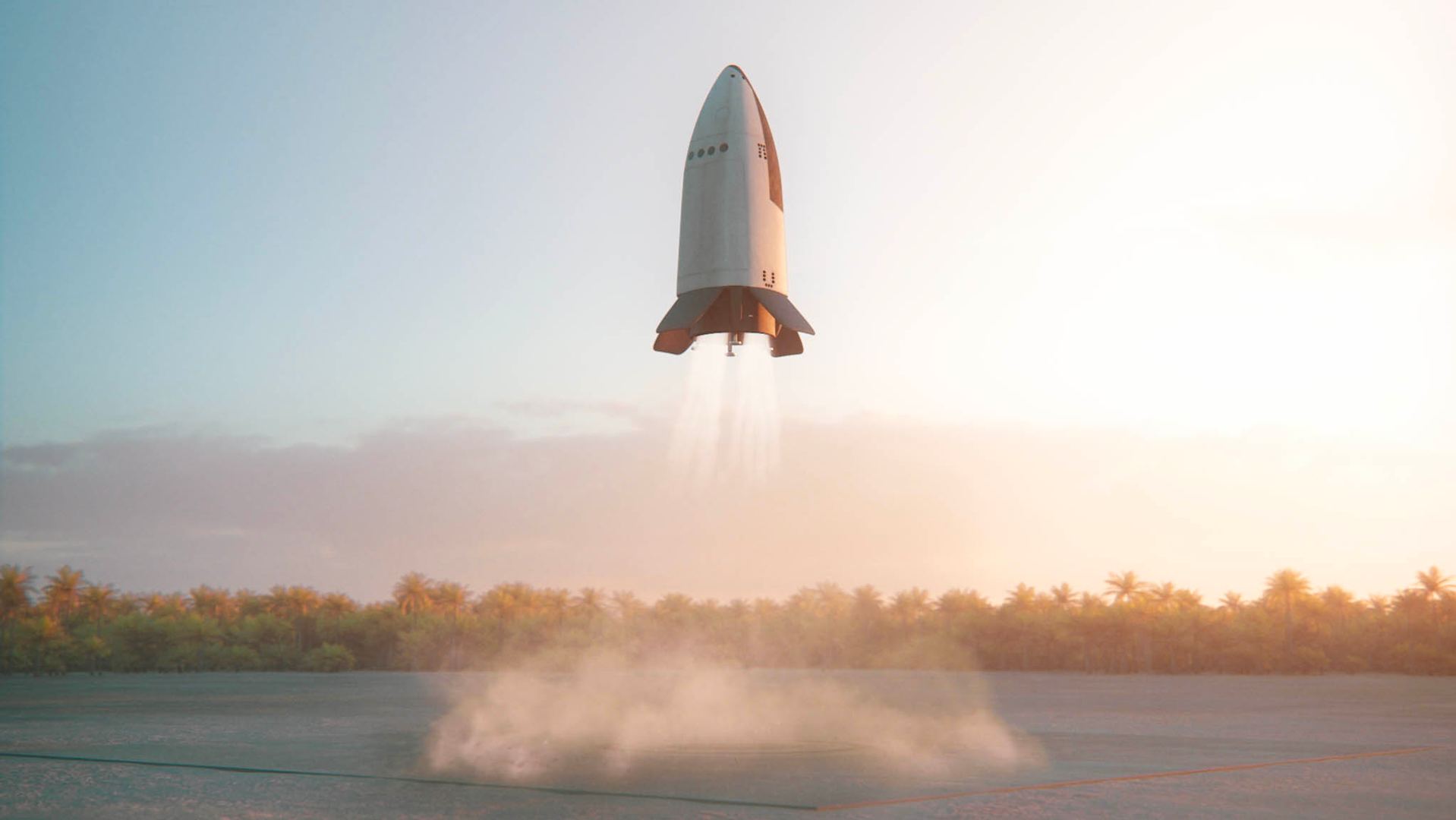Europe plans to have its own reusable spacecraft for cargo and crewed missions to LEO and beyond. It’s called SUSIE (Smart Upper Stage for Innovative Exploration). At first glance, it may look like Europe’s answer to SpaceX’s Starship, but it’s not that simple.
At the International Astronautical Congress in Paris (IAC 2022) ArianeGroup unveiled SUISE, which they call “an entirely reusable stage project which meets the future needs of transport and other missions to and in space“. It is a reusable spacecraft intended to fly on an Ariane 64 (4 booster variant of Ariane 6). The rocket won’t need any modifications to fly the cargo version of the spacecraft. A few adaptations to the launcher and ground segment will be required, but they are not yet specified.
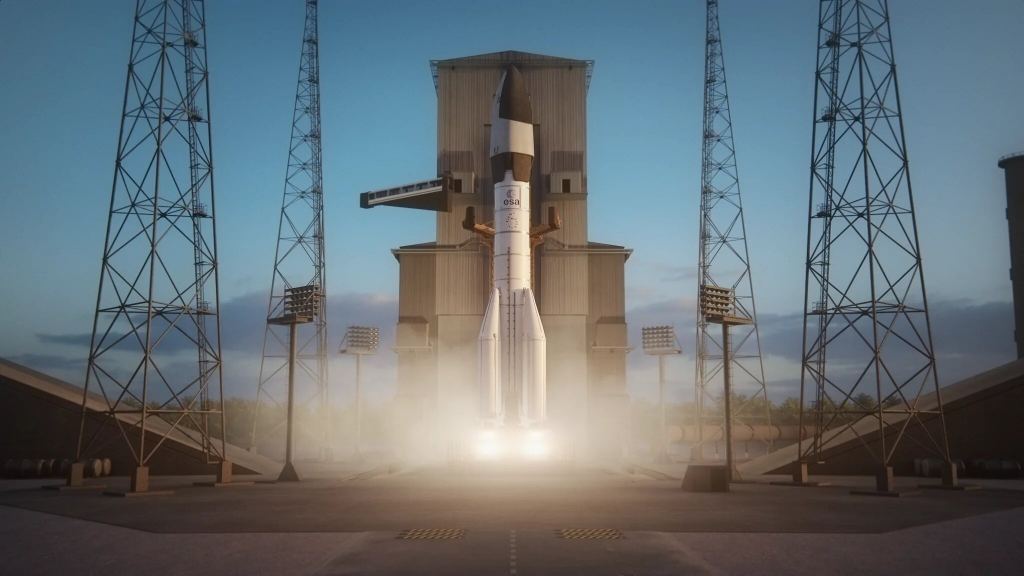
Here are the provisional key specs for SUSIE:
- Length: 12 meters
- Diameter: 5 meters
- Payload capacity: 7 tons
- Crew capacity: 5 people
- Internal bay volume: 40 m3
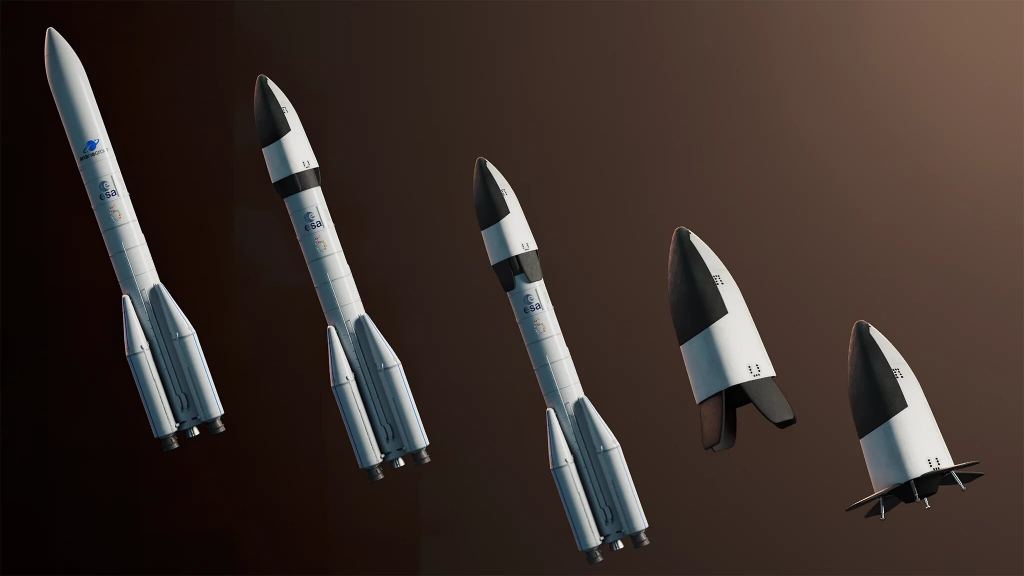
ArianeGroup also say that SUSIE is designed with future rockets in mind. So, when fully reusable designs will be finally introduced, the spacecraft should be able to utilize them as well.
Europe’s Starship or Not?
Many have already claimed that SUSIE will be Europe’s answer to SpaceX’s Starship. My guess is that the main reason for that is the animation sequence by ArianeGroup.
The spacecraft performs a belly flop manoeuvre just before making a propulsive landing touchdown. And the overall shape with a pointy nose can resemble Starship a bit. But here the similarities really end. In fact, SUSIE is much more like SpaceX’s Crew Dragon or Boeing’s Starliner rather than Starship.
SUSIE can also remind you of ESA’s upcoming Space Rider, which is planned to fly for the first time in 2023 on a Vega-C rocket. However, Space Rider is an uncrewed spacecraft and doesn’t have any plans to be used for crewed flights.
Reusability and Recovery
ArianeGroup use words like “100% reusable” in their presentation and media materials a lot, but it might be a bit deceiving. Yes, the spacecraft itself is designed to be fully reusable, but it still needs an expandable second stage to reach orbit. So, it really has a similar level of reusability as the current crewed spacecraft.
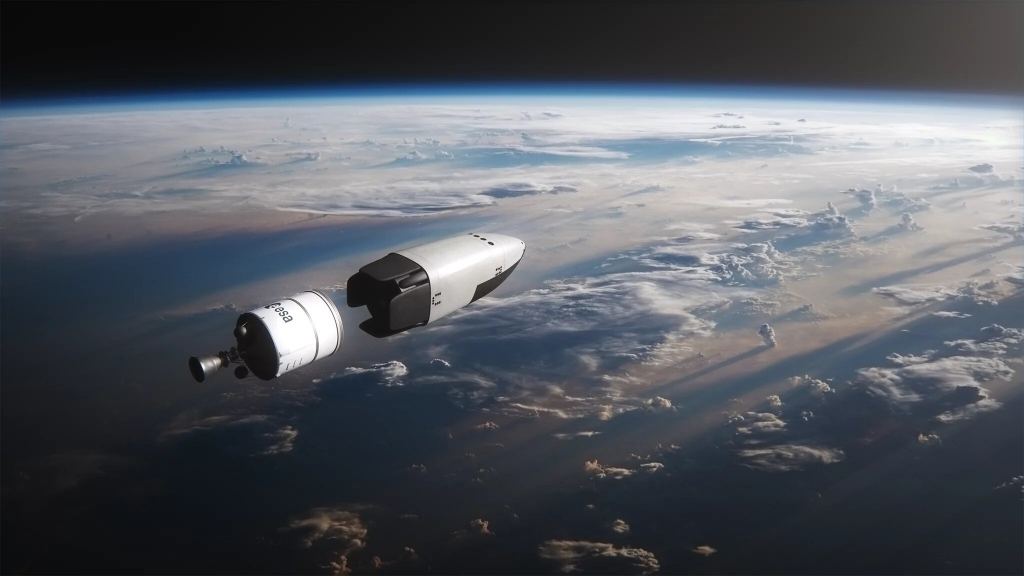
One of the main things that differentiate Susie from Crew Dragon or Starliner is the heatshield. ArianeGroup’s design won’t have a detachable trunk, which technically makes it more reusable than its competitors. But it also means that Susie will reenter nose/belly first, as it can’t have a heatshield on the bottom.
Designing the heatshield can be a big challenge. As you know, it was one of the weakest parts of the Space Shuttle, which greatly affected its reusability. And at the moment SpaceX are struggling with the Starship’s heatshield, as it continues to lose tiles during hot-fire tests on the ground.
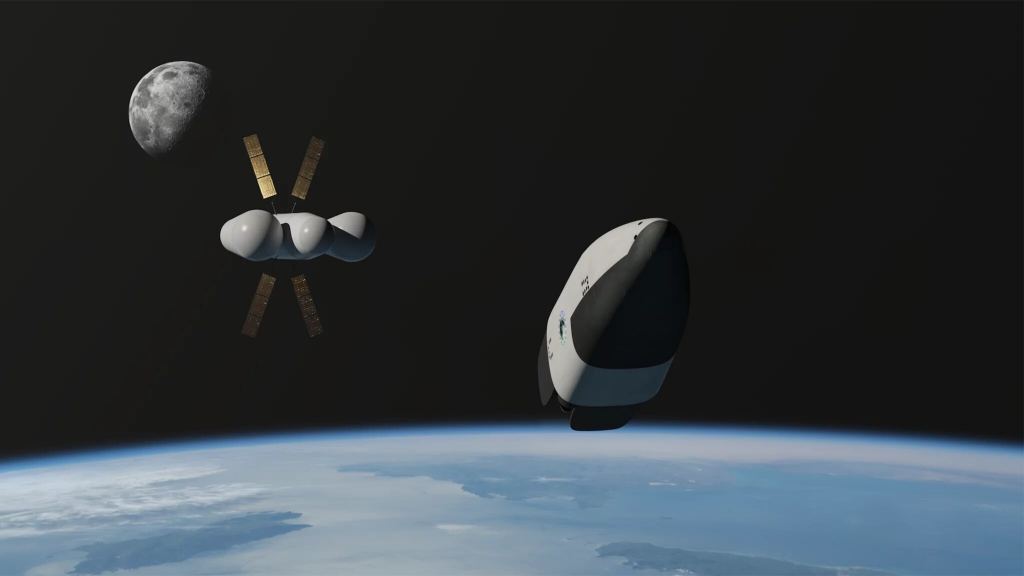
The propulsive landing of a spacecraft also isn’t new. For example, SpaceX also originally planned for the Crew Dragon to have propulsive landing capabilities. But in the end, they went with landing on parachutes.
Where SUSIE Stands
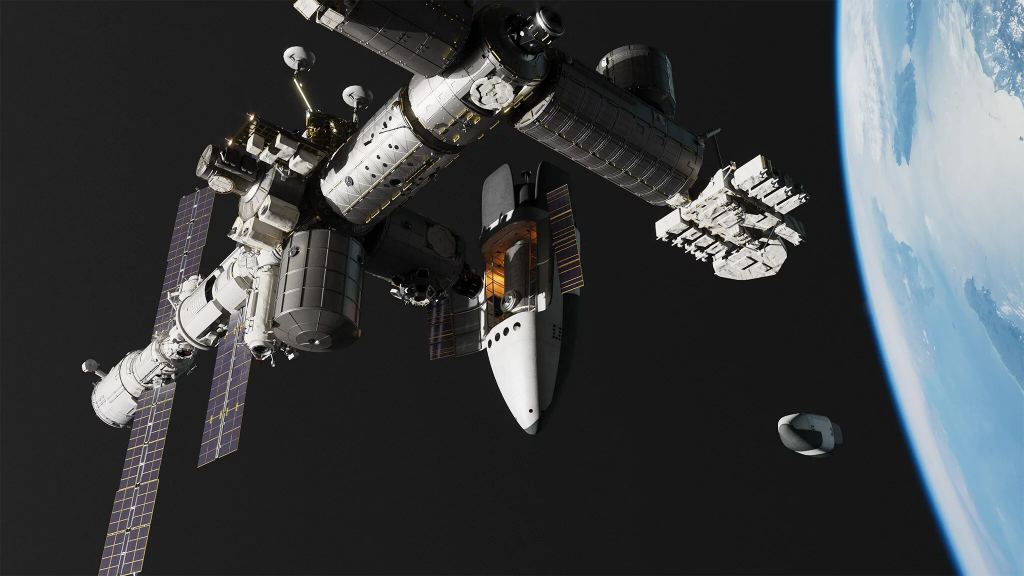
It doesn’t look like SUSIE can be considered as “the next step” in spaceflight. In fact, it seems to be only catching up with the current designs that are already in use. It is likely that by the time SUSIE will be ready, Starship (and maybe its future competitors) will already be actively flying. Which is much more capable, fully reusable and supposed to be much cheaper. However, it doesn’t mean that this will make SUSIE obsolete straight away.
Even though it won’t be exactly cutting edge, it’s really important for Europe to have its own spacecraft. It will reduce their dependency on the US or Russia and at the same time provide more competition for the market. As LEO will become a more and more popular destination with the ISS staying up there until 2030, new space stations being planned, space tourism actively evolving, etc. it will be important to have as much competition as possible to make sure that the industry will evolve as quick and as efficient as possible.
Source: ArianeGroup.
Lead image credit: ArianeGroup

